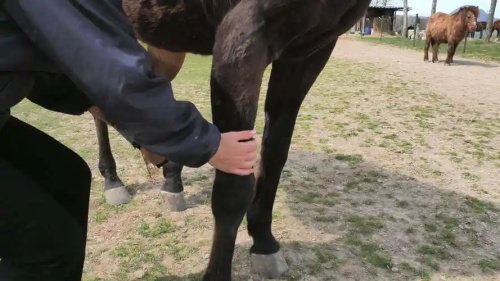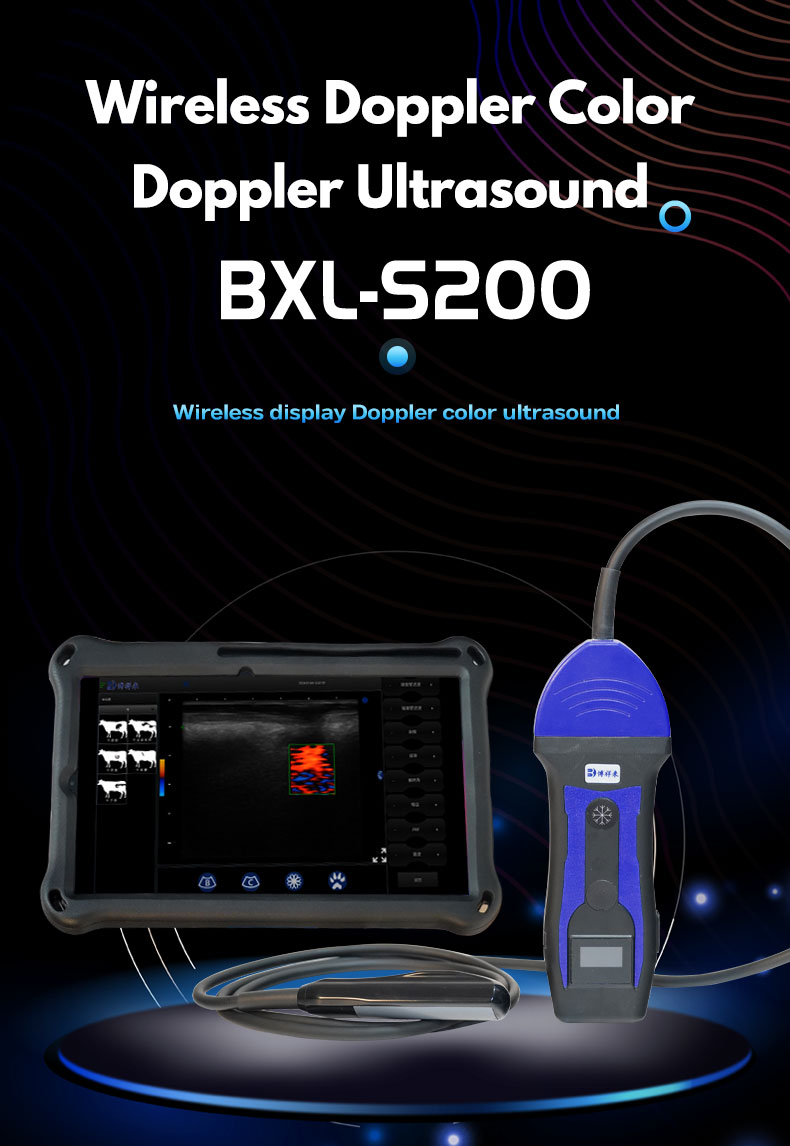The Importance of Veterinary Ultrasound Instruments in Breeding New Species
Advancements in veterinary ultrasound technology have significantly enhanced the field of animal reproduction, particularly in the breeding of new species. Ultrasound imaging offers a non-invasive, real-time method to assess reproductive health, monitor gestation, and guide assisted reproductive techniques. This article explores the critical role of veterinary ultrasound instruments in breeding new species, highlighting their applications, benefits, and impact on conservation efforts.

Applications of Veterinary Ultrasound in Breeding New Species
-
Reproductive Health Assessment: Ultrasound enables veterinarians to evaluate the reproductive organs of animals, identifying conditions such as cysts, tumors, or infections that may affect fertility. Early detection of these issues allows for timely interventions, improving reproductive success rates.
-
Pregnancy Diagnosis and Monitoring: Ultrasound is a valuable tool for confirming pregnancy in various species, including those with complex reproductive cycles. It allows for early detection of pregnancy, monitoring fetal development, and assessing the health of the mother and offspring. This information is crucial for managing breeding programs and ensuring the well-being of both the mother and the developing young.
-
Assisted Reproductive Technologies (ART): In species where natural breeding is challenging or impossible, ultrasound-guided procedures such as artificial insemination (AI) and embryo transfer (ET) are facilitated. Ultrasound assists in timing these procedures by accurately identifying the optimal moment for intervention, thereby increasing the likelihood of successful reproduction.
-
Conservation Breeding Programs: For endangered species, ultrasound plays a pivotal role in conservation efforts. It aids in monitoring reproductive health, managing breeding schedules, and ensuring genetic diversity within captive populations. This is particularly important for species with low reproductive rates or those that are difficult to breed in captivity.
Benefits of Using Veterinary Ultrasound in Breeding Programs
-
Non-Invasive Evaluation: Ultrasound provides a non-invasive means to assess reproductive health, reducing stress and potential harm to animals compared to surgical methods.
-
Real-Time Imaging: The ability to visualize internal structures in real-time allows for immediate assessment and decision-making during breeding procedures.
-
Enhanced Reproductive Success: By accurately timing breeding interventions and monitoring reproductive health, ultrasound contributes to higher success rates in breeding programs.
-
Genetic Management: Ultrasound assists in selecting animals with desirable reproductive traits, supporting genetic improvement and diversity within species.
Impact on Conservation Efforts
Ultrasound technology has been instrumental in the conservation of various species. For instance, in elephants, ultrasound has been used to monitor reproductive health and manage breeding programs, contributing to the survival of the species in captivity.





